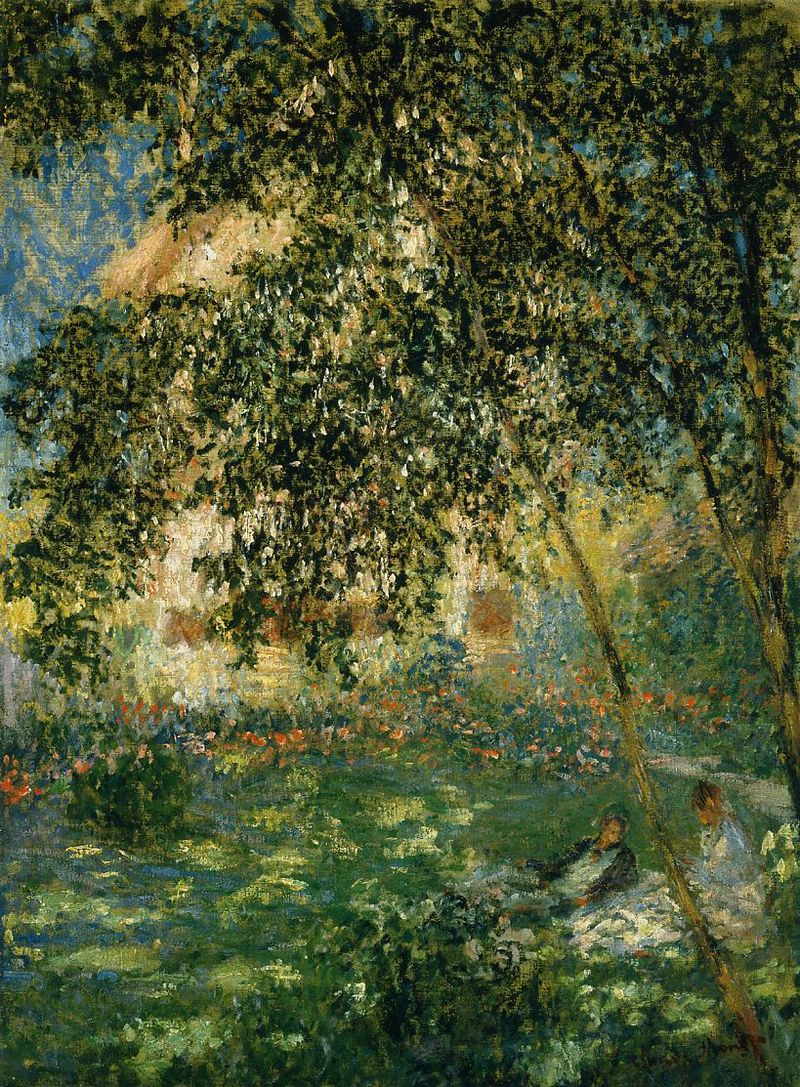If you're lactose-intolerant or, even worse, allergic to dairies, good-quality icecream that's based on fresh milk is probably not safe for you. I knew this for years but only recently did I learn why store-bought, industrially-made, and calorie-packed icecream was easier for me to gulp down than a scoop of vanilla-flavored gelato from the old pastry-shop. The difference between American, French & Italian icecream is not just about milk, yolks or cream since there are so many other ingredients to balance the flavor and taste but when it comes to lactose, milk-based gelato is unfortunately the worst. Or perhaps not unfortunately because there's always the option of enjoying your favorite desserts in moderation. With this and that, I decided to experiment with, or rather follow Pellegrino Artusi's instructions to the letter, and present the blog readers with a complete series of posts on Italian gelato as featured in Science in the Kitchen and the Art of Eating Well (1891). Since I've already written a post on the basic recipe, I will continue as the book does - with lemon sorbet.
 |
| Relaxing in the Garden, Argenteuil - Claude Monet, 1876 |
 |
| Lemons on a Branch - Claude Monet, 1840 |
First of all, Italian gelato is divided in two categories: mantecato and sorbetto. These are equivalent to what 18th and 19th century English authors labelled as 'cream ice' and 'water ice' respectively. Pellegrino's fruit-based icecream generally falls into the category of sorbetto but this is not the end of it. Sorbets are further categorized according to texture: churned mixtures yield a sorbet while chilled ones that are mixed with a spoon from time to time yield a granita. Artusi, or rather his cook, used a newly-patented icecream-maker from the U.S., which means his sorbets were creamy enough to be labelled as sorbets. However, old-fashioned cookbooks that I've read generally advise to use the method of chilling and mixing at intervals so perhaps my version of Pellegrino's gelato di limone is actually lemon granita.
Not much is known as to why Artusi began his list of gelati with the lemon variety but I suspect it's because a) lemon is a Mediterranean fruit in which his native Italy was, and still is, abundant b) its delicate flavor has been appreciated by refined palates throughout history, making it the number one condiment in Artusi's sweet recipes c) the simplicity of this gelato perfectly matches the kind of thinking behind the entire cookbook, in fact Science in the Kitchen and the Art of Eating Well is a celebration of 'less is more'. Needless to say, I'm a big fan of lemons so I couldn't agree more with Pellegrino's arrangement.
.JPG)
Comments